Grilling vs Barbecue: Key Differences Explained
Grilling and barbecue are two distinct cooking methods often confused by home cooks. Grilling uses high, direct heat for quick cooking (typically 5-20 minutes), ideal for tender cuts like steaks and chicken breasts. Barbecue uses low, indirect heat with smoke for slow cooking (4-18 hours), perfect for tough cuts like brisket and ribs. Here's a detailed comparison to help you master both techniques.
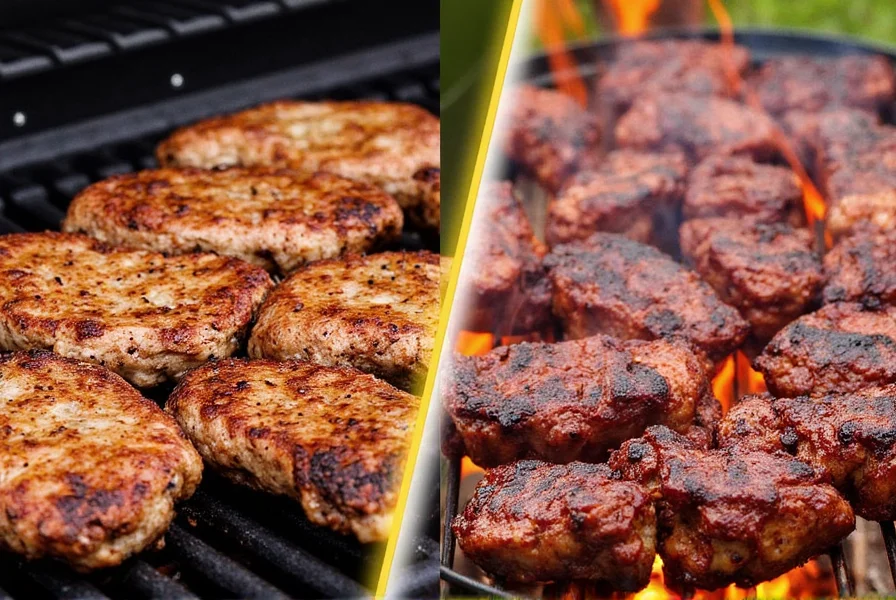
What Is Grilling?
Grilling is a fast, high-heat method using direct flame for quick cooking. It's perfect for thin or tender cuts like burgers, steaks, kebabs, and vegetables, which cook in minutes. The key is searing the surface for charred flavor while keeping the interior juicy. Grills can be gas, charcoal, electric, or pellet-based.
Spice Insight for Grilling:
- Dry Rubs: Best for steak, chicken breasts, and shrimp. Use coarse salt, garlic powder, smoked paprika, and cracked pepper.
- Sauces: Apply only near the end to avoid burning, especially sugary glazes.
- Oil Spritz: Mix oil with herbs and lemon zest for quick flavor before grilling.
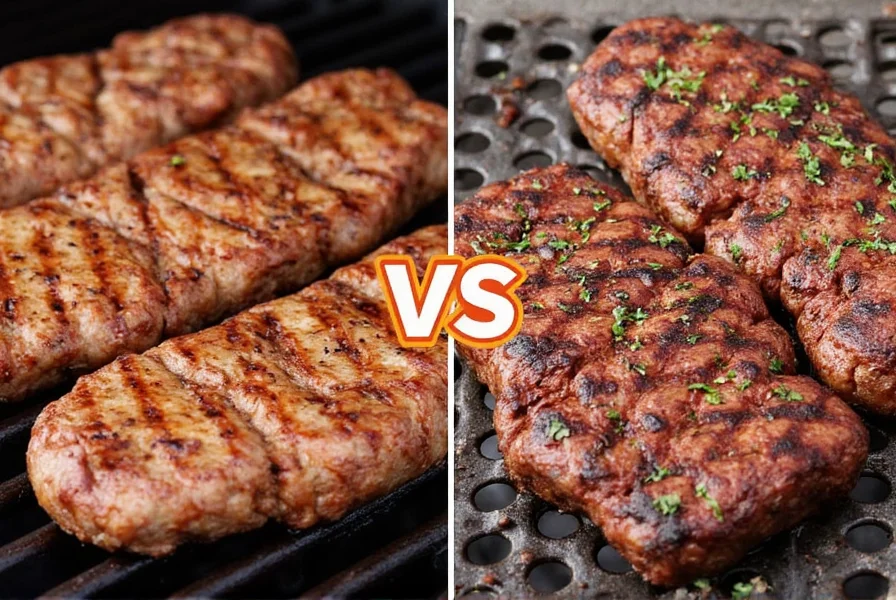
What Is Barbecue?
Barbecue (BBQ) is a slow, low-heat method using indirect heat and wood smoke to tenderize tough cuts like brisket, pork shoulder, or ribs. It takes hours (often 4-18) to develop deep smoky flavor and fall-off-the-bone texture. True barbecue focuses on smoke infusion and careful temperature control.
Spice Insight for Barbecue:
- Classic BBQ Rubs: Brown sugar, chili powder, cumin, onion powder, paprika, and salt create balanced flavor.
- Mopping Sauces: Baste during cooking to add moisture and layers of flavor.
- Wood Pairings: Hickory for pork, mesquite for beef, and applewood for poultry enhance specific profiles.
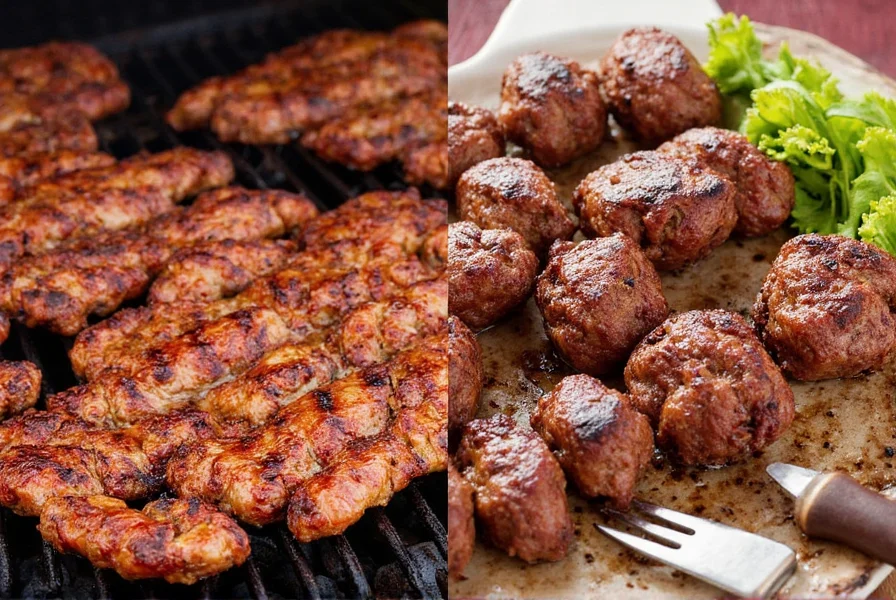
Grilling vs Barbecue: Side-by-Side Comparison
Still confused? Here's a clear breakdown to choose the right method for your meal:
| Feature | Grilling | Barbecue |
|---|---|---|
| Heat Source | Direct flame | Indirect heat + smoke |
| Cooking Time | Quick (5-20 minutes) | Long (4-18 hours) |
| Type of Food | Steaks, burgers, veggies, chicken breasts | Brisket, ribs, pork shoulder, whole chickens |
| Equipment | Gas/charcoal/electric grill | Smoker, offset cooker, kamado |
| Flavor Profile | Charred crust, crispy texture | Deep smoky, tender and juicy |
| Spice Application | Dry rubs before, sauces at the end | Rubs before, mops during, sauce after |
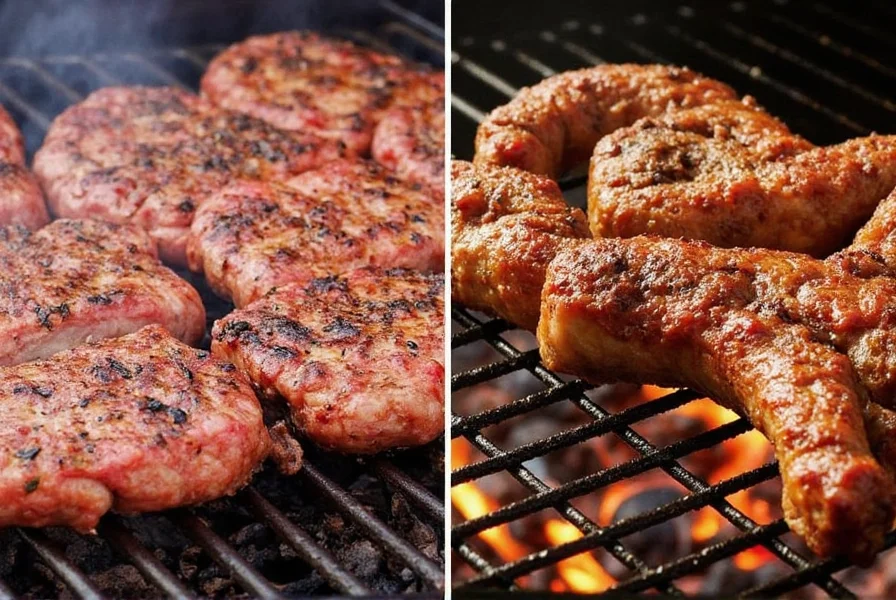
Frequently Asked Questions
What's the fundamental difference between grilling and barbecue?
The core difference is cooking method and time. Grilling uses direct high heat for fast results (5-20 minutes), while barbecue uses indirect low heat with smoke for slow cooking (4-18 hours) to break down tough connective tissue.
Can I make barbecue on a regular grill?
Yes, but with limitations. Create indirect heat zones by turning off burners on one side or piling charcoal to one side. However, dedicated smokers provide better smoke infusion and consistent low temperatures for true barbecue.
Why is the spelling "barbecue" sometimes written as "barbeque"?
"Barbecue" is the correct spelling, derived from the Taino word "barbacoa." "Barbeque" is a common misspelling. Both pronunciations (BAR-buh-kew or BAR-bik-yoo) are acceptable, but "barbecue" is preferred in professional contexts.
Does grilling produce the same smoky flavor as barbecue?
No. Grilling creates charred flavor from direct flame contact, while barbecue develops complex smoky notes through prolonged wood smoke exposure. Adding wood chips to a grill enhances flavor but can't replicate the deep penetration of true barbecue.
Which method is better for chicken?
Both work well for different cuts. Grilling is ideal for chicken breasts and wings (quick cooking preserves moisture). Barbecue excels with whole chickens or thighs (slow cooking tenderizes connective tissue). Match the method to the cut for best results.

5 Tips for Mastering Grilled & Barbecued Meats
- Use the Right Rub: Match spices to the meat—chipotle and cumin for grilled chicken, sweet and smoky for ribs.
- Don't Overcrowd the Grill: Give food space to brown properly; crowding causes steaming instead of searing.
- Keep a Two-Zone Fire: Essential for charcoal grills—one hot zone for searing, one cooler zone for finishing.
- Monitor Internal Temperatures: Use a meat thermometer for perfect doneness; never guess.
- Let It Rest: Rest meat 5-10 minutes after cooking to redistribute juices and prevent dryness.
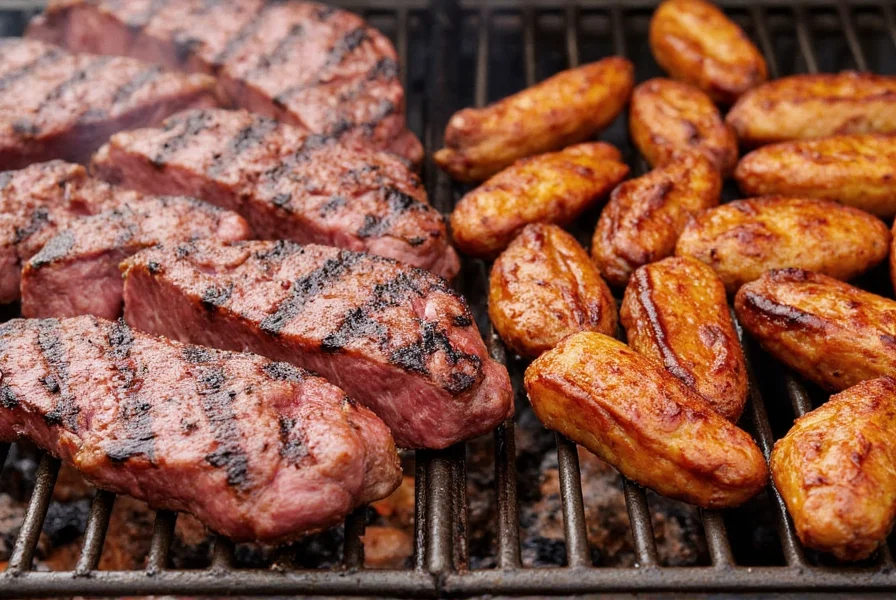
Buying Guide: Best Tools for the Grill & Smoke
Invest in quality tools for consistent results. Here are top picks for beginners and pros:
1. Weber Genesis II E-310 Gas Grill
- Features: Porcelain-enameled cast iron grates, built-in thermometer, side burner
- Advantages: Reliable temperature control, durable, great for families
- Best For: Backyard grilling enthusiasts
- Perfect Occasion: Weekend cookouts and weeknight dinners
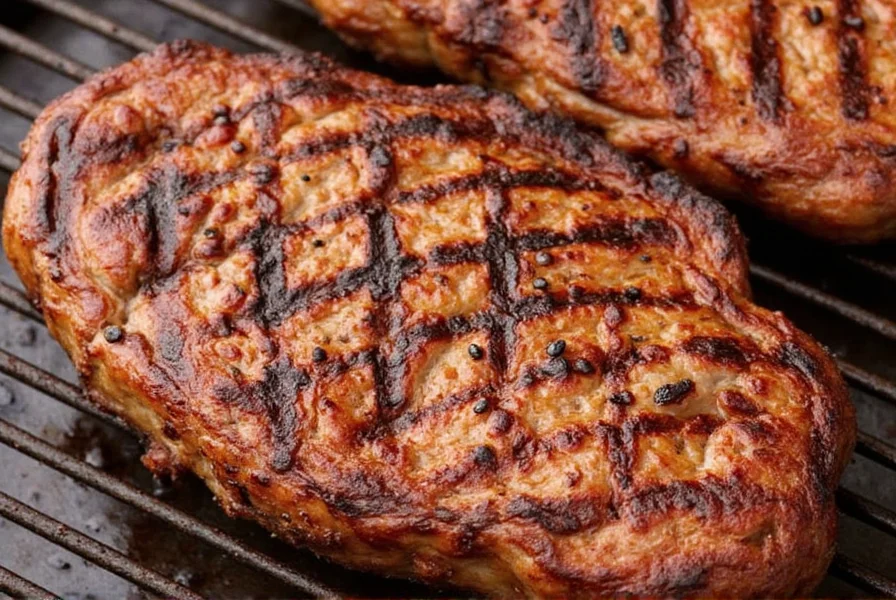
2. Traeger Pro Series 575 Pellet Grill
- Features: Digital controller, Wi-Fi enabled, auto-start ignition
- Advantages: Versatile cooking (smoke, bake, roast), easy to use
- Best For: Home smokers who want precision
- Perfect Occasion: Weekend BBQ sessions or weekday slow cooking
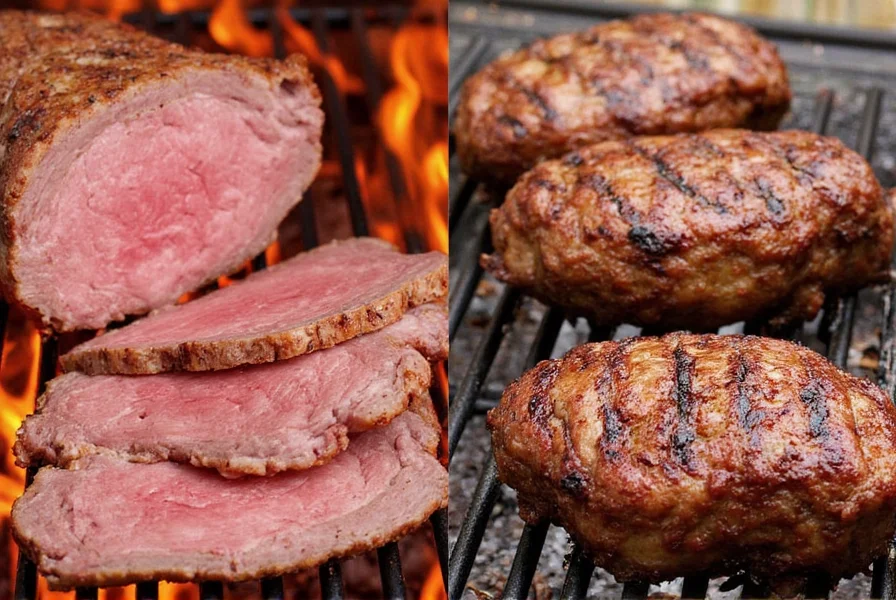
3. Char-Griller Akorn Kamado Grill
- Features: Cast iron cart base, adjustable air damper, porcelain-coated steel body
- Advantages: Excellent heat retention, fuel-efficient, durable
- Best For: BBQ purists and grilling enthusiasts
- Perfect Occasion: Long smoke sessions and high-temp grilling
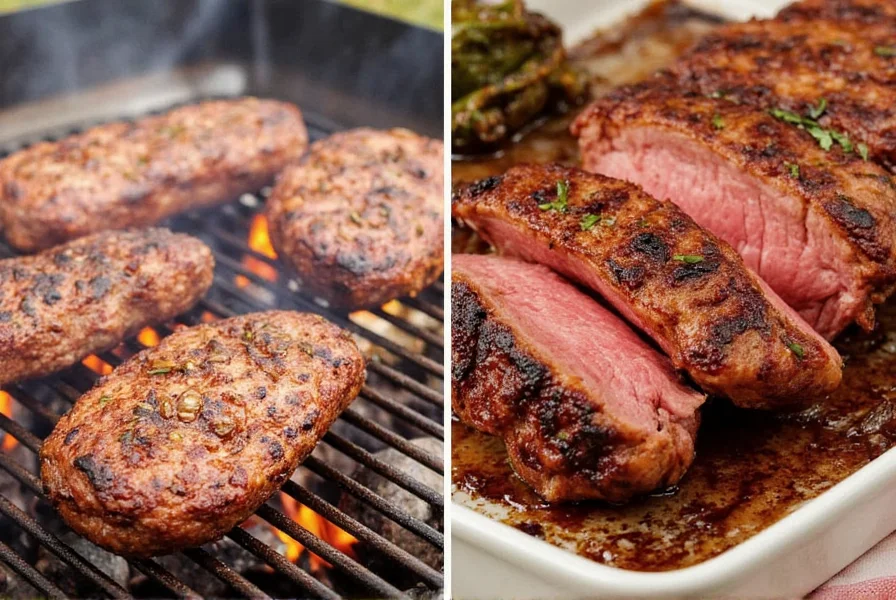
4. Chefman Digital Meat Thermometer
- Features: Wireless probe, dual display, alarm function
- Advantages: Accurate readings, convenient remote monitoring
- Best For: Anyone serious about perfect doneness
- Perfect Occasion: Large roasts, long smokes, and delicate proteins
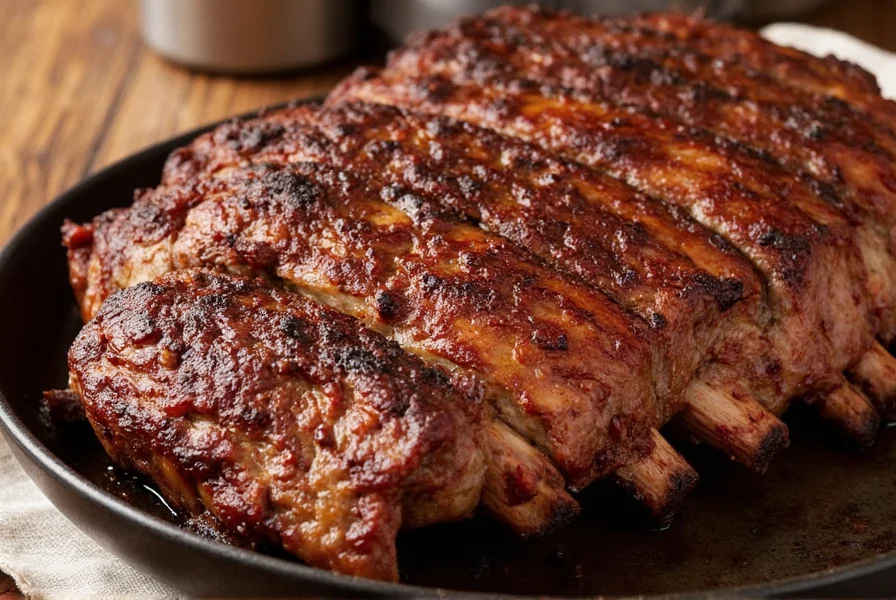
5. Heydt's Smoker Wood Chips Variety Pack
- Features: Hickory, mesquite, apple, cherry, and maple chips
- Advantages: Explore flavor profiles easily, ideal for experimenting
- Best For: Novice and seasoned BBQ fans
- Perfect Occasion: Any outdoor cooking session
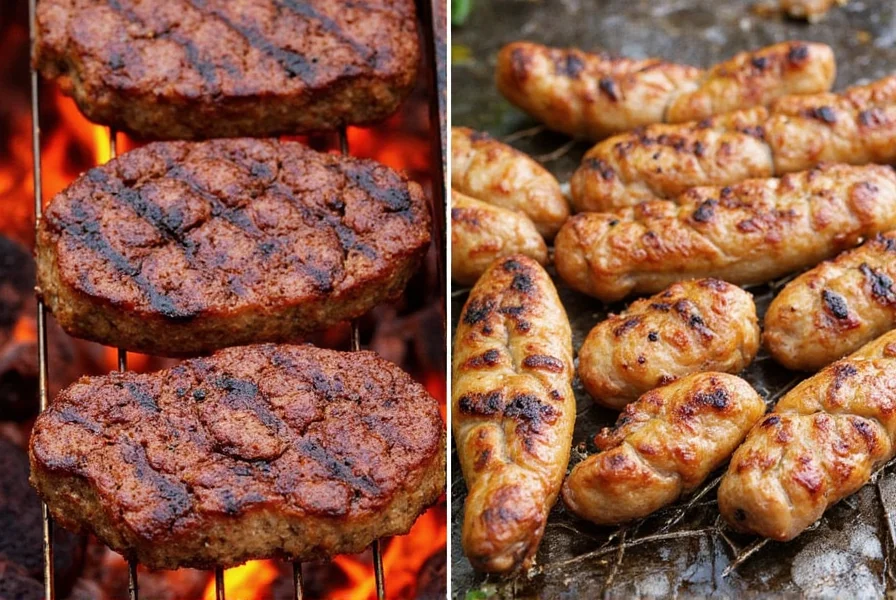
Conclusion: Flame On, Flavor Forever
Grilling is perfect for quick meals with tender cuts, while barbecue excels with tough cuts requiring slow cooking. Mastering both methods means choosing the right technique for your meat and occasion. Grab your favorite cut, season it well, and let the heat do its magic—whether it's a fast sizzle or a slow smoke, the joy is in sharing great food with loved ones.

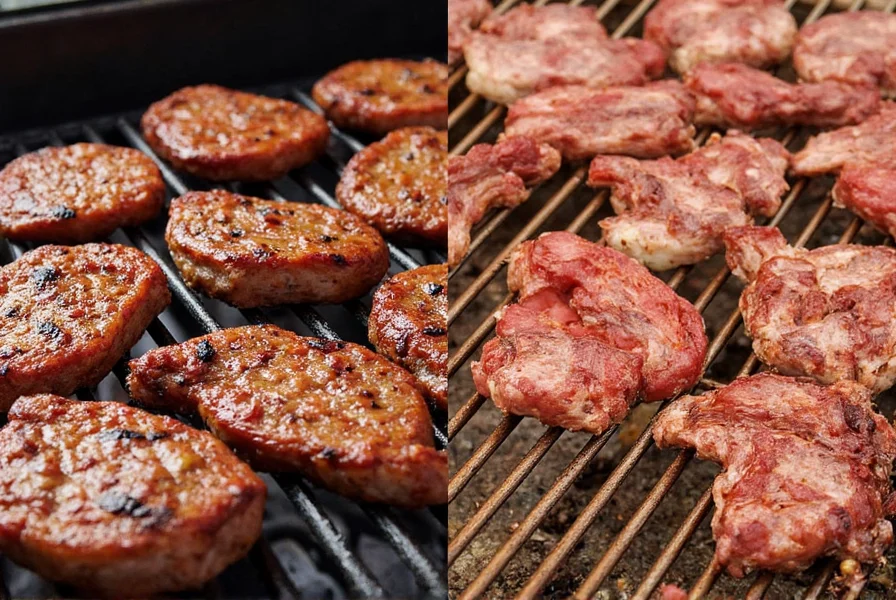









 浙公网安备
33010002000092号
浙公网安备
33010002000092号 浙B2-20120091-4
浙B2-20120091-4